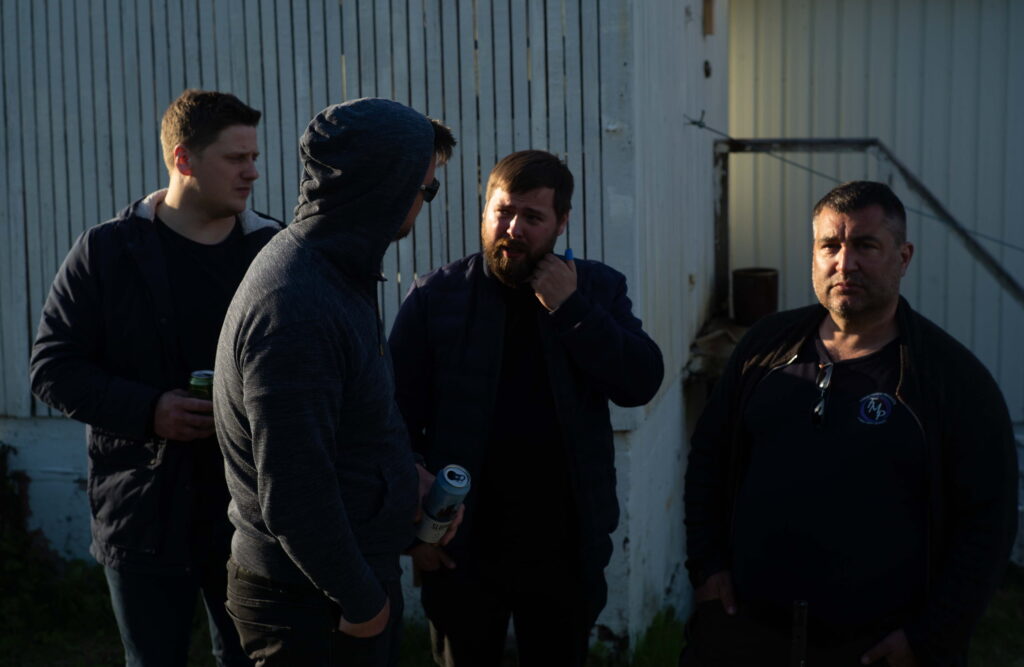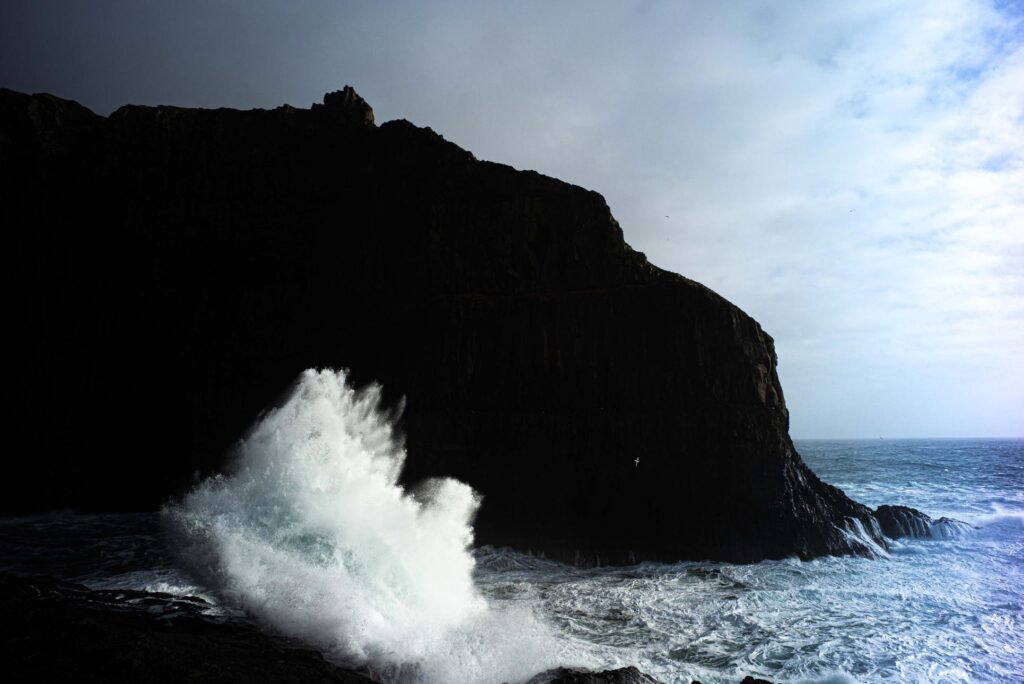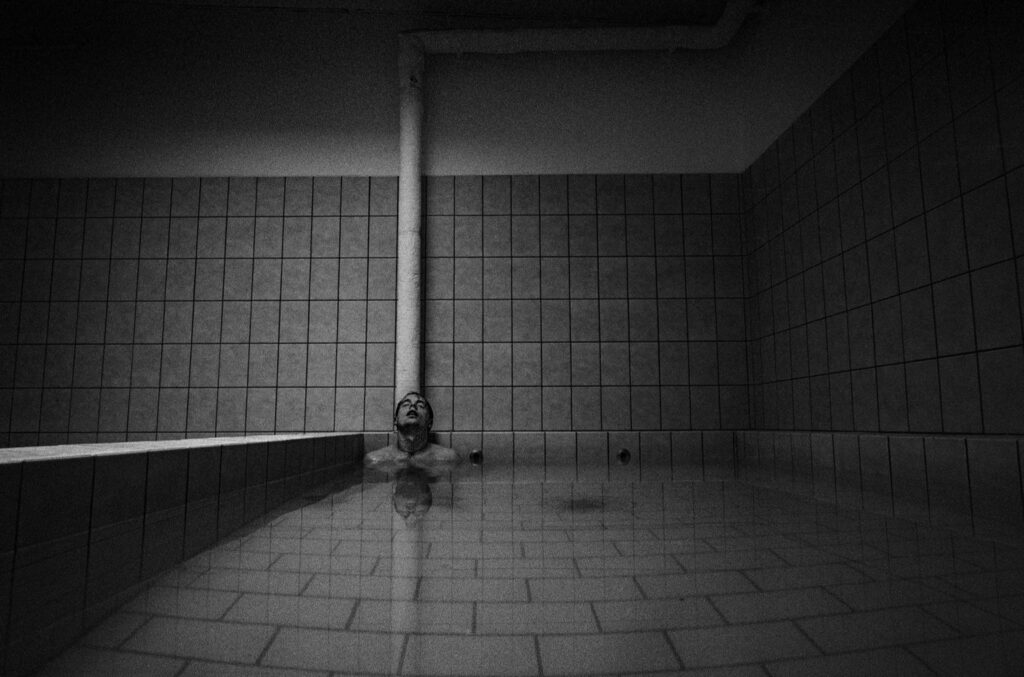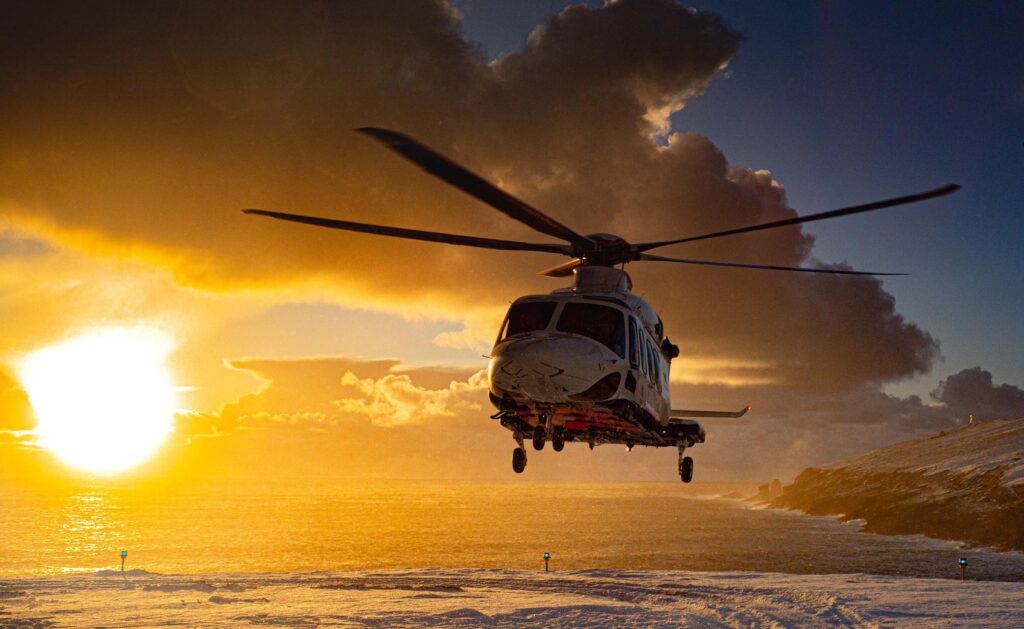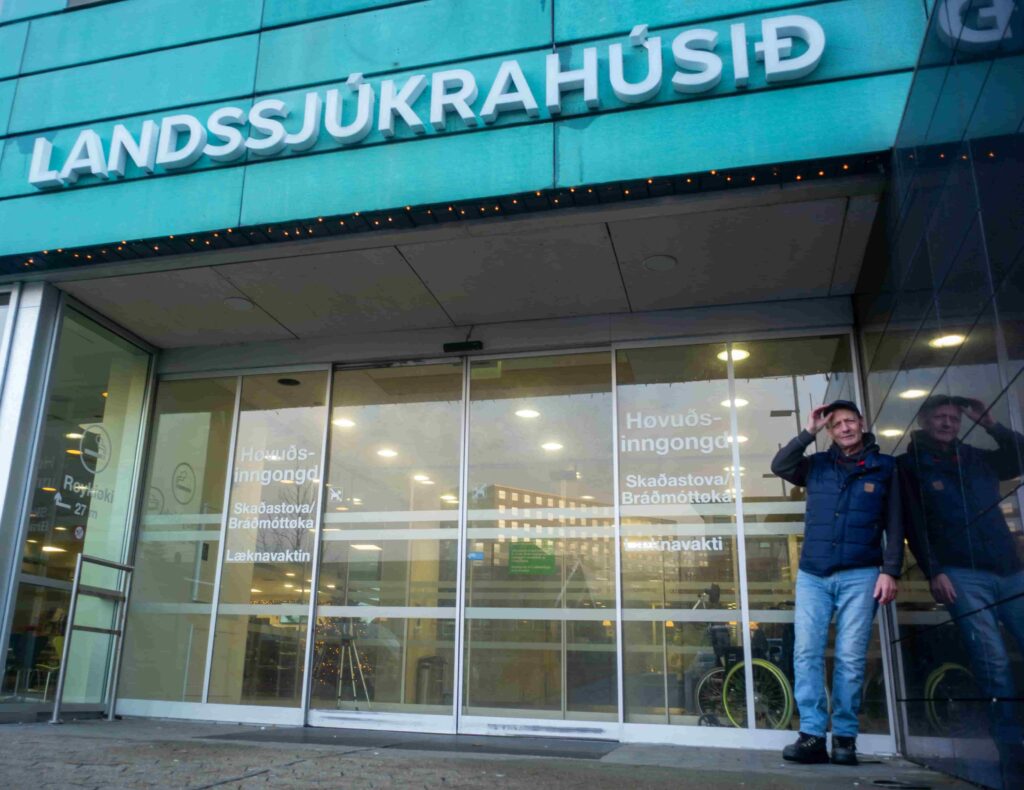Gallery
LOCAL PERSPECTIVES
The Faroese, “Sheep Island inhabitants” and descendants of Nordic and Celtic ancestors, are a small nation with a remarkably strong sense of identity. They know their origins, are proud of their roots, and carry their identity with a strength that extends far beyond the borders of their remote islands. On the Faroes, a society has developed that lives “among themselves” while still allowing space—a close-knit bond that respectfully maintains distance and gives each individual room. The Faroese live at the intersection of old and new. They passionately preserve their cultural heritage, dance the Faroese chain dance, and foster a vibrant arts and literary scene. They are enough for themselves, as one critic aptly put it, with no fear of being “small.”
NATURE
As a native, I experience the landscape of the Faroe Islands in a very special way. I know the seasons, the moods of the islands, and the unique light conditions that arise when the sun sits low on the horizon. I see the snowy landscapes and experience both the dark and light seasons. Through my perspective, the diversity of light becomes visible, revealing the fascinating play of light and shadow that shapes the nature of the Faroes and gives it a unique depth.
PEOPLE
Life is an extremely subjective experience that forces us to wear many masks to navigate the turmoil of existence. It is a challenge to decide what is good or bad, who we truly are, or who we want to be. Many of the people I portray are no longer alive, but through my images, I give my subjective version of their essence. As they say, the photographer ultimately photographs himself, because everything I create as a photographer is ultimately a self-portrait of my own perception and experience.
WHALING
Whaling on the Faroe Islands, known as “Grindadráp,” is a centuries-old tradition in which whales are driven into bays and slaughtered. Originally, this whaling served as a means of food supply in the harsh island environment. Today, however, the practice is highly controversial: while critics condemn it as cruel and bloody, supporters view it as a sustainable part of Faroese culture. The conflict between modern animal welfare ethics and ancient customs makes the issue especially contentious
A TWO-MINUTE CONVERSATION
In true Faroese fashion, two men might share a two-minute conversation without ever meeting each other’s eyes. It’s not coldness; rather, it’s a cultural nuance, a way of being that reflects their deep respect for personal space and introspection. Their shared history, shaped by rugged lands and a relentless sea, has created a society where each person is both an island and part of a tightly knit archipelago. So, if you find yourself overhearing a Faroese conversation, know that the silence between glances speaks volumes—it’s the quiet pride of a people who, through generations, have carved out a resilient existence in harmony with their island home.
AUTARKY
The Faroe Islands, located in the North Atlantic and just a two-hour flight from mainland Europe, comprise 18 islands with 1,289 kilometers of coastline. Historically, these islands were completely self-sufficient, with all food, water, and energy sourced locally. This autarkic way of life fostered resilience and a close bond with the land and sea. Today, however, the Faroes have shifted from this self-reliance to a dependence on trade with the mainland. Without regular shipping connections, the islands would face shortages and become unsustainable within days. The people no longer rely solely on local resources for survival, yet this reliance on external trade has made the islands more vulnerable to the fluctuations of global commerce.
JÁKUP – THE UNYIELDING
When Jákup lost his first leg, he went to the charity shop and donated a single shoe. It wasn’t a joke—or maybe it was. That’s Jákup: sarcastic, proud, defiant to the core. No pity. No complaints. More like a punch in fate’s face, delivered with a grin. Jákup is a child of the Faroe Islands—a place where life gives nothing freely. To live here is to resist. The islands forge people: some break, others become like Jákup. Unbending. When the diagnosis came—Type 1 diabetes—he made a vow: I may lose a leg, maybe two, but never myself. Two liters of cola a day, chocolate, no regard for medication. As if every act of restraint were a small death. As if self-destruction were proof of his invincibility. Even now, without legs, he mocks others for walking poorly. He—who no longer walks. He’s a diva. No matter how much of him is gone, he remains whole. A rock. A lighthouse. A song of scorn hurled at destiny. But what appears to be hardness is, in truth, his armor. The defiance that keeps him alive also keeps him trapped. He doesn’t live with his illness—he lives against it. And that fight comes at a price. Still, Jákup doesn’t fall. He stands tall when he sings—loud, fierce, alive. Not a hero, but a man who refuses to die before he’s finished. A man without legs. But with more footing than most who still walk.
